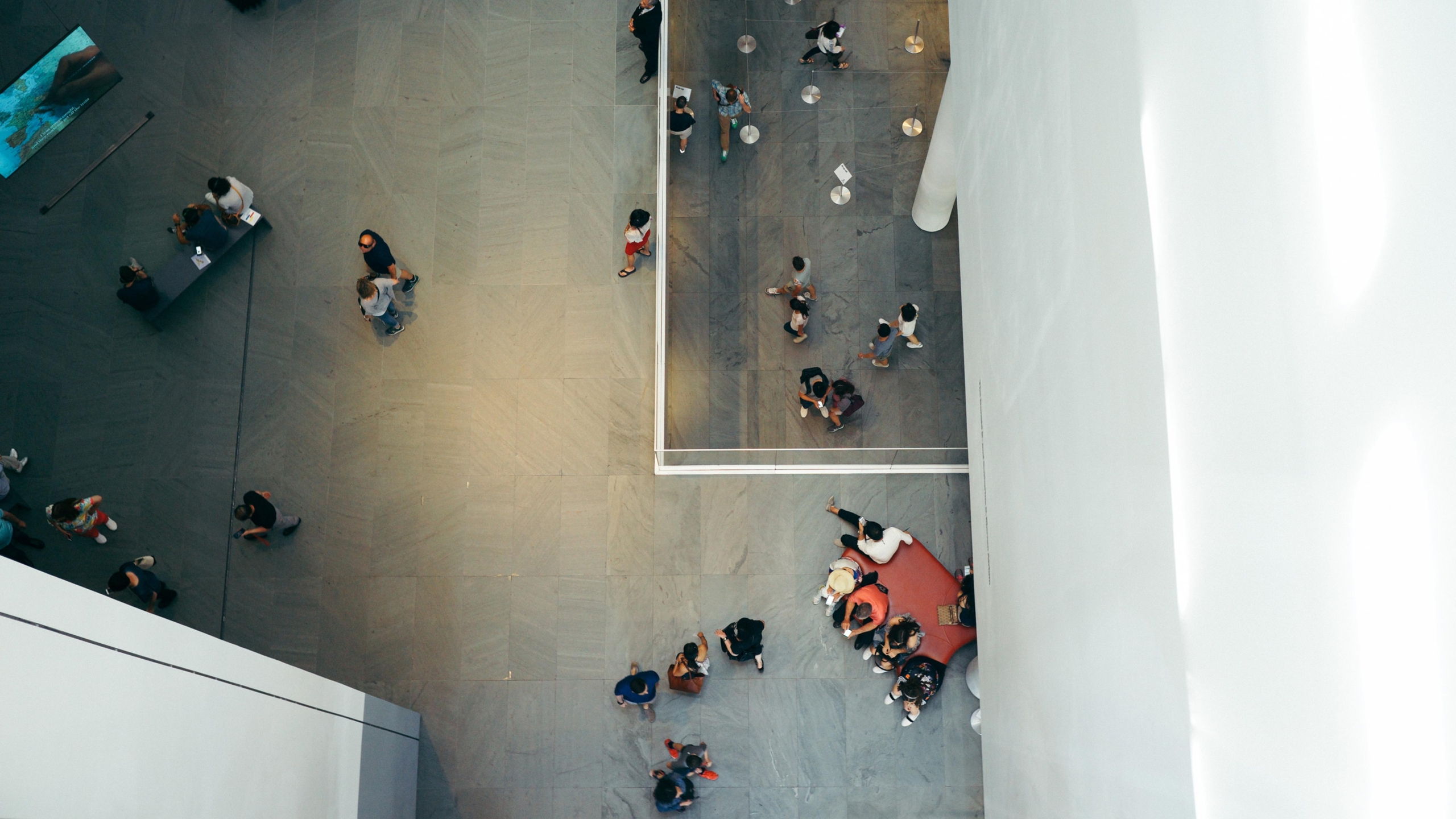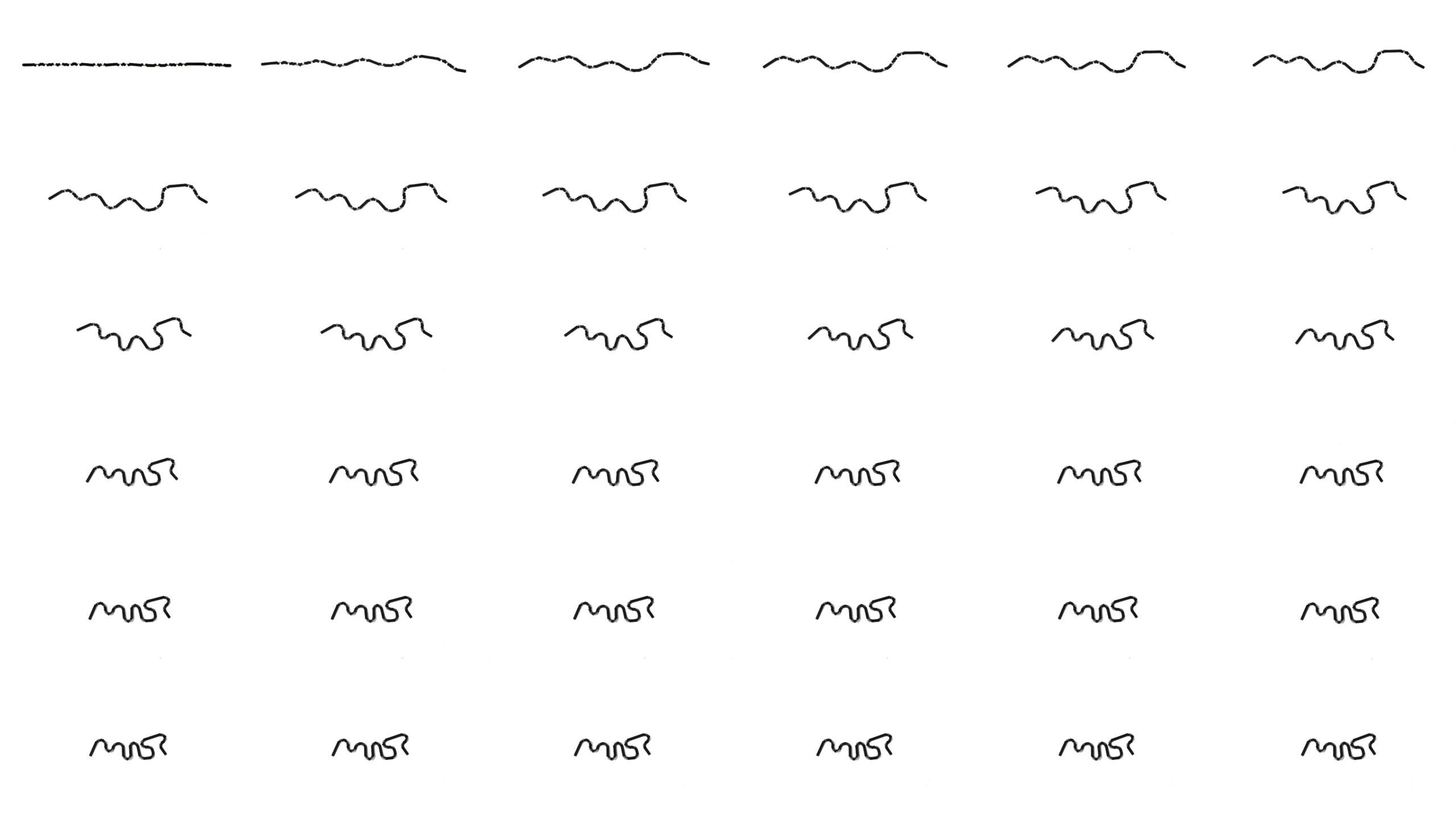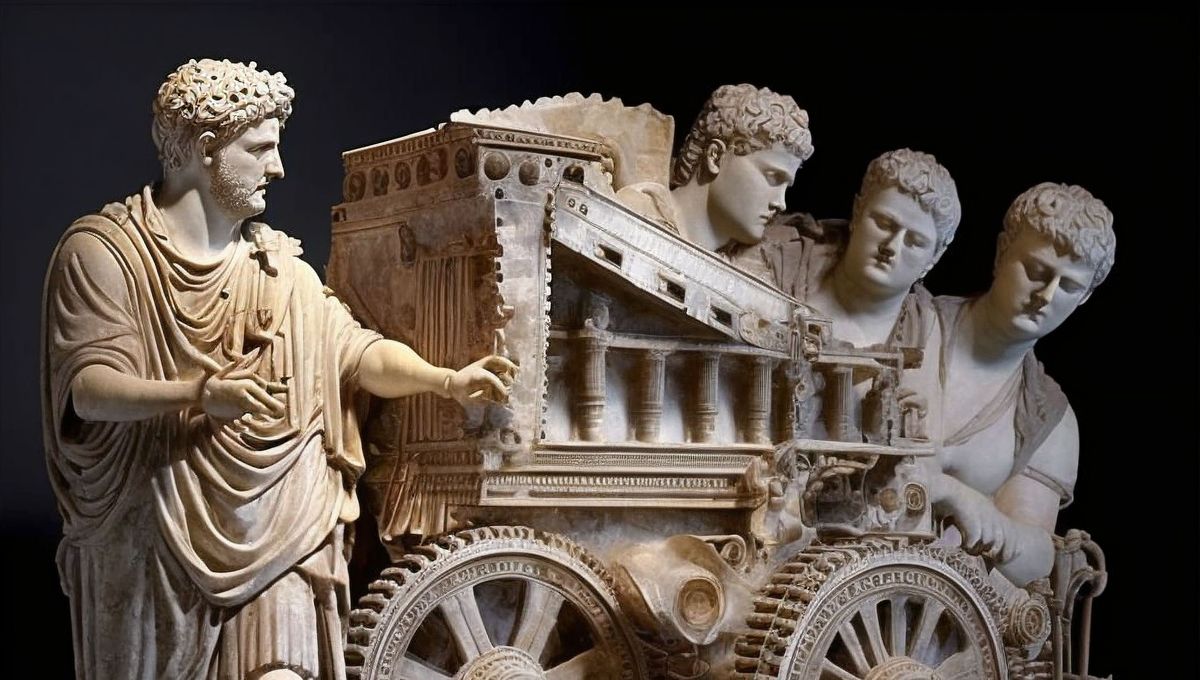Secondly, MIT has always been strong in research in general, but I wanted to enter design into the fray of research to demonstrate that not all research is performative in the traditional sense. it’s not always about optimization or efficiency. Some research—what we call design research—is speculative in nature, it operates at the intersection of criteria of urbanism, tectonics, structure, and of performance in the optical field. Indeed, we need a field that brings together critical criteria that are able to gauge some of the differences between these fields. Remember that it was the modernist movement and its unleashing of specialization that gave way to a balkanized MIT. In other words, what I appreciate about MIT in part, are the specializations that it was able to create, but that is also one of its major weaknesses. You have all of these specialists sitting in their own cubicles and saying almost nothing to each other. Part of the mission was to identify this opportunity and create platforms which brought people together, either in projects or in courses so as to make way for new modalities of education.
Stream: We appear to be moving from a classical science, which tended to simplify and specialize, to a complex science. Does this age of complexity change your approach to architecture and urbanism?
Nader Tehrani:
We have launched the Center for Advanced Urbanism which really is a collection of a variety of populations within MIT from architecture, the Media Lab, engineering, and beyond, to put together different minds across disciplines in order to address some of the challenging questions of complex urban spaces. Now some of those questions are completely unprecedented, so the urban design techniques inherited from our generation are virtually obsolete. Those things that we learned from the Renaissance, all the way through to the modern era, operate on a speed and scale that no longer has to do with the scale of the building, the block, or even the neighborhood as we know it. Because the speed and pace at which urbanism, city-making, and the development of the metropolis can actually be visually decipherable from satellites given the scale of their growth. In other words, we are dealing with a scale of development where the traditional lines between a building, a megastructure, or a mega block, is not altogether utopian, but a matter of real existence that we are experiencing. We don’t necessarily have disciplines within schools or traditional frameworks to guide these in the way that we did urban design, with its stable indicators for the development of strategies.
In many ways what the Center for Advanced Urbanism not only brings together the epistemology of dialogue that occurs within the history and theory of urbanism, but it also begins to gain traction from various members who come from completely different fields. The way in which data is being proliferated through census reports, the media, and the web, means that many people are spending a lot of time reinvigorating, reinterpreting that data towards new ends. Links are being made between the nano and the macro scale in distinct ways. To that end, even people like Skylar Tibbits—who is not really in urbanism at all, but in architecture—are looking at the molecular scale at which materials operate and how they may be instrumentalized for the larger scale. On the other hand, the way that Alexander D’Hooghe is looking at questions of infrastructure relates not only to the space of infrastructure, or to the scale of a bridge or a park, but to the scale of the eastern seaboard.
I think that this is a moment when we are no longer looking at scale as a question of the “big,” but of the geographic, the regional, the transnational. The other day I was listening to a lecturer making very important distinctions between the scale of the global and the scale of the “mondial.” The global effectively inherits the mantle of colonization, whereas the mondial accepts that the world is composed of much more interactive differences between high and low culture, between different belief systems.
I think we’re at a very speculative moment, actually. I don’t think we can speak of an urbanism or urban design discipline in a stable way as we could’ve even twenty-five years ago. At the same time, this is a much more interesting moment, because the scale of architecture, urbanism, and geography have melded into one, precisely because of the kinds of questions that are on the table. Remember, when we talk about the economy today, we’re not talking about the economy in the the United States, we’re talking about the relationship between Asia, Europe, and the Americas. When we talk about pollution, we’re not talking about pollution in Massachusetts, we’re talking about the winds that are carrying the molecules from Japan to the west coast of the United States. When we talk about migration, we’re talking about the deep destabilization of entire countries like Syria and the mass movements across borders to Lebanon, Iraq, Turkey, Iran, and beyond. Everything we’re experiencing is happening at an unprecedented scale that goes beyond our analytical tools. The handling and reinterpretation of information by software as part of a collaboration among creative talents is part of the subject matter and foundation of what the Center for Advanced Urbanism is taking on.
Stream: Since we have to reinvent the overall practice of design, would you say that our design and creation processes are focused on going beyond borders, or even beyond the notions of performance and aesthetics?
Nader Tehrani: I’m careful in how I phrase this because I find that there are still elements within MIT that tend to polarize between the scientific and the quantitative and the artistic and the qualitative. To the degree that I can, what I want to overcome, abandon, and annihilate are arguments that are constantly scientific alibis and justifications for what we do. I want to develop a discourse that’s more inclusive of culture, discipline, and even pleasure that ends up constructing a history of design practices that demonstrates the polyvalent ways in which we work. We work in relationship to programs, economies, and cultural denominations that make architecture and design such a rich phenomenon. Part of that is to recognize that design is not linear but the condensation of many contradictory, sometimes disarming facts which you need to interpret. This interpretation is part of the critical context that we’re trying to construct among the different discipline groups.
(This article was published in Stream 03 in 2014.)










